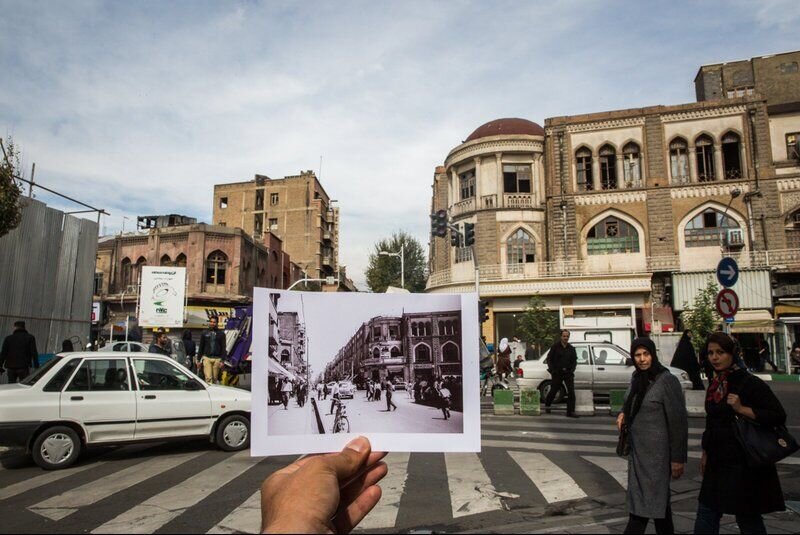‘Tehran Broadway’ seeks national heritage listing

TEHRAN – Lalehzar, one of the oldest streets in the Iranian capital, is one step closer to possibly be inscribed on the National Heritage list, provincial tourism chief has said.
The street, which was known as Tehran Broadway during the 1930s, 40s, and 50s, was home to 16 cinema halls and six theater centers as well as modern shops, cafes, and restaurants.
To preserve and revive the historical street and to prevent any destruction or illegal construction within the boundaries of the thoroughfare, it is planned to be added to the national list of cultural heritage, IRNA quoted Parham Janfeshan as saying on Monday.
As there are several historical and valuable buildings on this street, Tehran province’s cultural heritage department plans to restore and repair them while preserving their originality, in close collaboration with their owners, the official added.
The aesthetic appreciation of the street was a combination of Western architecture with national symbols and elements. There are still elements of Iranian and western architecture in the façades of buildings and signs.
Nassereddin Shah Qajar (1831 – 1896), the first modern Iranian monarch to formally visit Europe in 1873, was ordered to build Lalehzar St. in the heart of Tehran.
Nassereddin Shah’s Prime Minister Mirza Hossein Khan Sepahsalar encouraged him to take a trip to Europe in 1873.
During his trip to Paris, Nassereddin Shah received a warm welcome in a special ceremony at Champs-Élysées Avenue.
It had such a profound impact on the Iranian king that he decided to build a similar street in the capital as soon as he returned home.
The existence of cinema halls and theater centers turned the street into a modern hub for cultural activities. It was also home to the Grand Hotel, the first Iranian modern hotel and one of the most important places of its time.
The hotel hosted the first western-style concerts in Tehran. The performances of Iranian national singer and composer Aref Qazvini (1882 – 1934), one of the most influential figures during the Constitutional Revolution of Iran, took place at the venue.
ABU/AFM
Leave a Comment